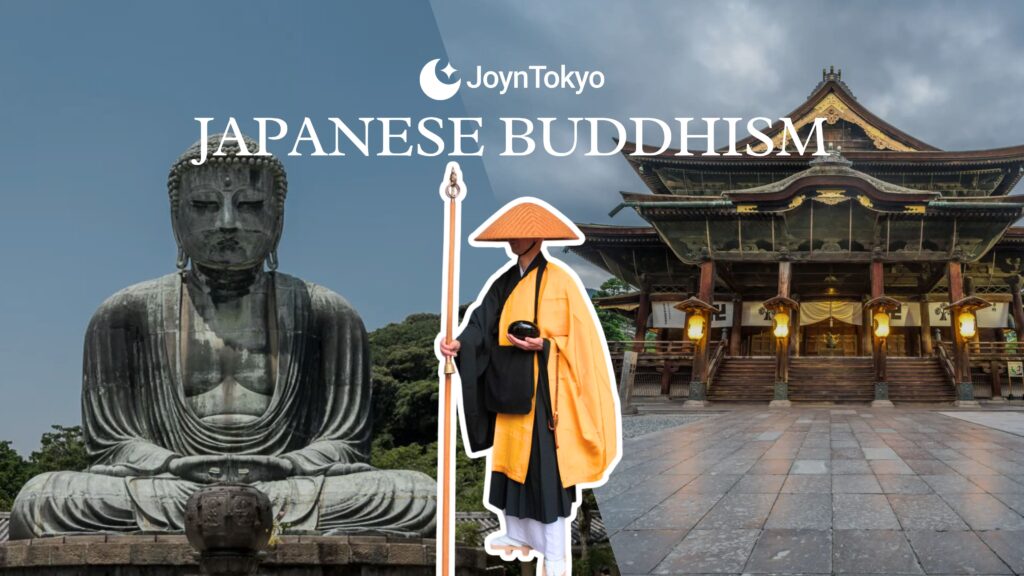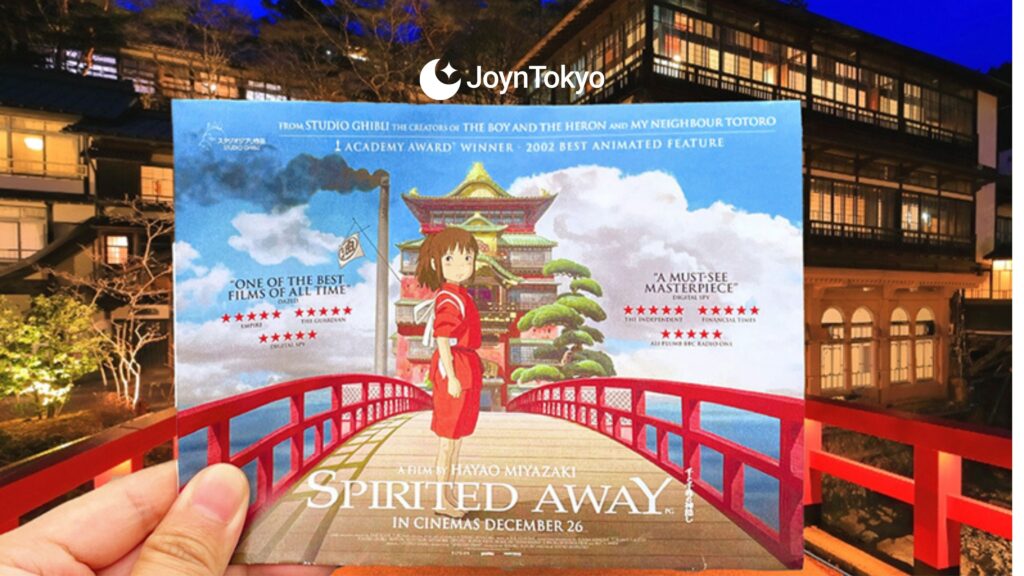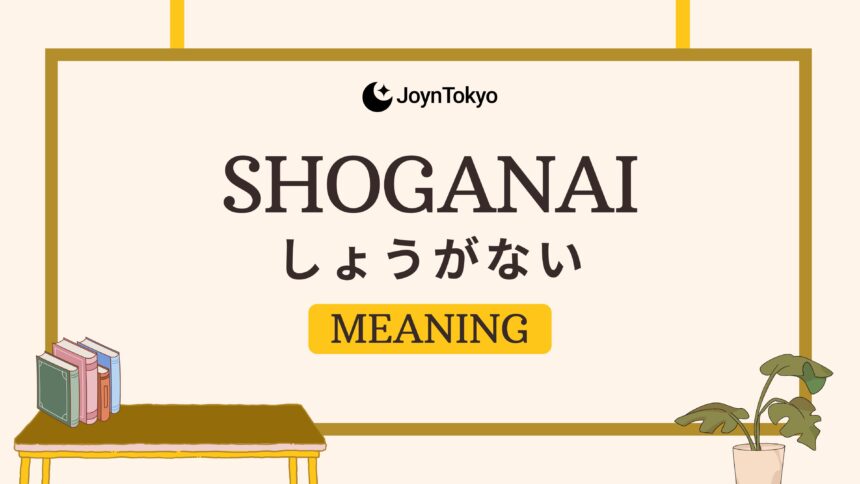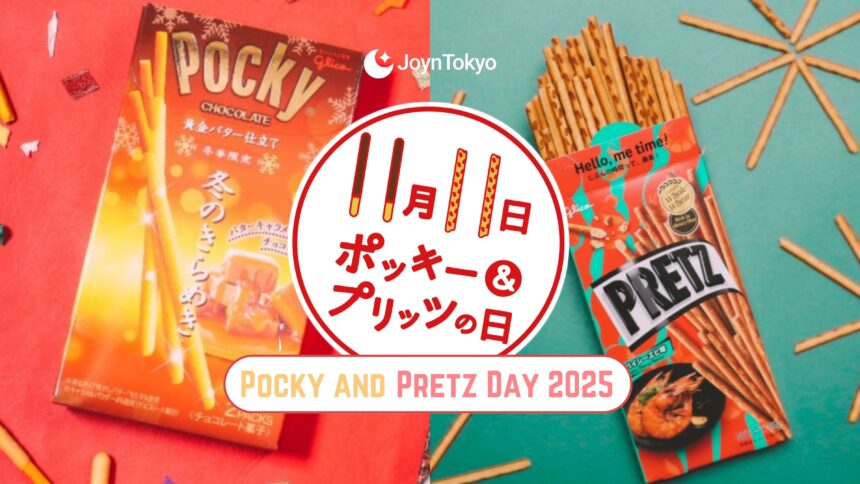In Japan, gift-giving is more than just a polite gesture — it’s an expression of gratitude, respect, and social harmony. One of the most beloved traditions in this culture is omiyage (お土産), the custom of bringing back souvenirs for family, friends, or coworkers after traveling. For foreigners living in Japan, understanding omiyage is essential not only to blend in socially but also to appreciate a deeper layer of Japanese etiquette and thoughtfulness.
The Meaning and Cultural Importance of Omiyage
Omiyage is more than just a souvenir — it represents a deep-rooted social ritual that reflects Japan’s values of humility, community, and harmony. Through omiyage, Japanese people express appreciation to others and maintain the delicate balance of social relationships known as wa. This practice is not simply about the gift itself but about the thought and respect that come with it.
The Deeper Meaning of “Omiyage”

The word omiyage (お土産) combines “miya” (land or place) and “ge” (product or result), literally meaning “a product from a place.” It refers to gifts — often edible — purchased during a trip and given to others as a token of appreciation or remembrance. Unlike Western souvenirs that people often buy for themselves, omiyage is almost always intended for someone else, symbolizing thoughtfulness and connection.
Omiyage and Social Harmony
Giving omiyage is a way to show consideration for those who stayed behind or supported you during your absence. It’s a small act that reinforces social bonds in workplaces, families, and communities. Forgetting to bring omiyage after a business trip, for instance, can be seen as inconsiderate, as it might imply a lack of gratitude toward others.
When and Why Japanese People Give Omiyage
The practice of omiyage extends far beyond vacations — it’s a gesture deeply woven into Japan’s social fabric. People exchange these small gifts in situations that mark appreciation, return, or respect. Through this tradition, relationships are continuously nurtured and strengthened in both personal and professional settings.
Common Occasions for Omiyage
People commonly give omiyage after traveling to another city or prefecture, sharing local specialties with family or coworkers. During business trips, employees bring omiyage to thank colleagues who covered their duties while they were away. It’s also customary to bring omiyage during holidays like Obon or New Year, when families reunite and exchange regional treats as symbols of connection and gratitude.
Omiyage vs. Temiyage

While omiyage is a gift brought back from a trip, temiyage (手土産) refers to a , such as sweets, sake, or flowers. The difference lies in timing — omiyage follows a journey, while temiyage precedes a visit. Both gestures express appreciation, but understanding the distinction helps foreigners navigate Japan’s nuanced gift-giving culture more gracefully.
The Etiquette of Giving Omiyage
Like many traditions in Japan, omiyage comes with its own set of unspoken rules. Proper etiquette shows cultural awareness and genuine respect for those receiving the gift. Knowing how to present and choose omiyage thoughtfully can leave a lasting positive impression.
How to Present Omiyage Properly

Presentation matters just as much as the gift itself. Omiyage is typically beautifully wrapped — often by the shop — and should be offered with both hands while using a humble phrase such as:
“Tsumaranai mono desu ga…” (つまらないものですが…)
“It’s just a small gift, but…”
This expression demonstrates modesty, a valued trait in Japanese culture. Even if the gift is beautifully selected, humility in presentation conveys sincerity and respect.
What Not to Do
Avoid giving used or unwrapped items, as this may appear disrespectful or careless. Expensive gifts can make the recipient uncomfortable, as omiyage is meant to be thoughtful, not extravagant. Also, steer clear of unlucky numbers or symbols — for example, gifts in sets of four (shi) can be associated with death, making them inappropriate.
Office Omiyage
In workplaces, omiyage is often shared with colleagues as a gesture of goodwill. Choose items that are easy to distribute, like individually wrapped sweets, and offer them with a friendly smile and a simple “どうぞ” (douzo, “please help yourself”). Such small acts can build trust, enhance teamwork, and show that you value your coworkers’ support.
What to Buy: The Best Omiyage from Japan
Japan’s regions are full of local specialties, known as meibutsu (名物), which make perfect omiyage. Each region takes pride in its signature flavors and crafts, and selecting the right one shows attentiveness to the person receiving it. A well-chosen omiyage doesn’t just taste good — it carries the story of the place you visited.
Tokyo Banana

Tokyo Banana is a soft, sponge-like cake filled with smooth banana custard, making it one of Tokyo’s most iconic modern sweets. Its gentle sweetness and creamy texture appeal to both locals and visitors, and it has become a symbol of the city’s playful, stylish dessert culture. Beautifully packaged and available in many limited-edition flavors, Tokyo Banana is a reliable and well-loved omiyage from the capital.
Yatsuhashi

Yatsuhashi is a traditional Kyoto sweet made from rice flour, sugar, and cinnamon, known for its delicate fragrance and smooth texture. It comes in two forms: crisp baked crackers and soft, mochi-like versions often filled with red bean paste. Widely associated with Kyoto’s rich cultural heritage, Yatsuhashi is a classic omiyage that reflects the elegance and history of the ancient capital.
Shiroi Koibito

Shiroi Koibito is a beloved Hokkaido confection made of delicate langue de chat cookies sandwiched with smooth white chocolate. Its light, buttery texture and subtly sweet flavor make it one of Japan’s most popular regional treats. Beautifully packaged and widely recognized, Shiroi Koibito is considered a must-buy omiyage that captures the charm and quality of Hokkaido sweets.
Non-Food Omiyage Ideas
While food dominates the omiyage scene, non-edible gifts are equally meaningful, especially for close friends or family. Local handicrafts or pottery make elegant keepsakes that reflect a region’s artistic identity. Regional sake, specialty teas, traditional textiles like tenugui (hand towels), or incense also carry a sense of authenticity and tradition.
Understanding Omiyage in Modern Japan
Omiyage remains an integral part of Japanese life even as the country modernizes. Airports, train stations, and department stores across Japan now feature beautifully packaged regional gifts, making it easier for travelers to participate in this age-old custom. The convenience of these offerings shows how tradition evolves without losing its heart.
The Role of Omiyage in the Travel Economy
Omiyage plays a major role in Japan’s domestic tourism industry. According to the Japan Tourism Agency, regional confectionery and souvenir sales make up a significant share of local tourism revenue. Many small businesses depend on travelers purchasing local specialties, leading to creative packaging designs and seasonal limited editions that keep the culture vibrant.
How Foreigners Can Embrace the Custom
For foreigners living in Japan, adopting the omiyage habit is a wonderful way to build relationships and show respect for Japanese customs. Even a small box of sweets or local snack from a trip can leave a warm impression on coworkers or neighbors. Remember, it’s not about the cost — it’s about sharing your journey and expressing gratitude through a simple, thoughtful gesture.
Bringing It All Together: The Spirit of Omiyage
At its heart, omiyage is not about the object itself but about the act of giving. It reflects the Japanese belief that relationships are nurtured through small, mindful expressions of care. Each gift, no matter how modest, carries the unspoken message: “I thought of you while I was away.”
For foreigners living in Japan, learning the art of omiyage opens a window into the country’s spirit of harmony and connection. It’s a chance to express kindness in a uniquely Japanese way and to strengthen the bonds that make daily life more fulfilling. Next time you travel, think not only of what you’ll see, but also of what you’ll bring back to share — because that, truly, is the joy of omiyage.







